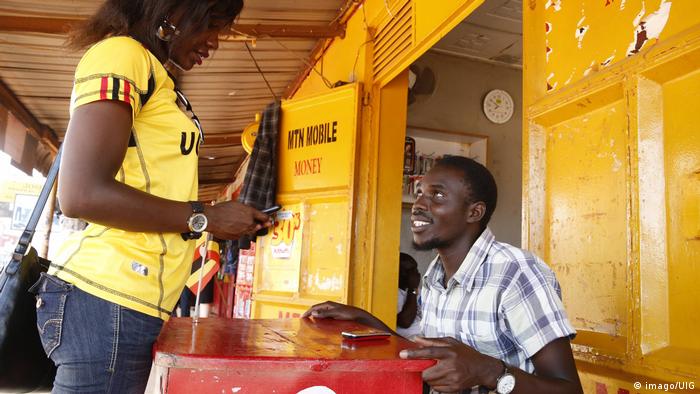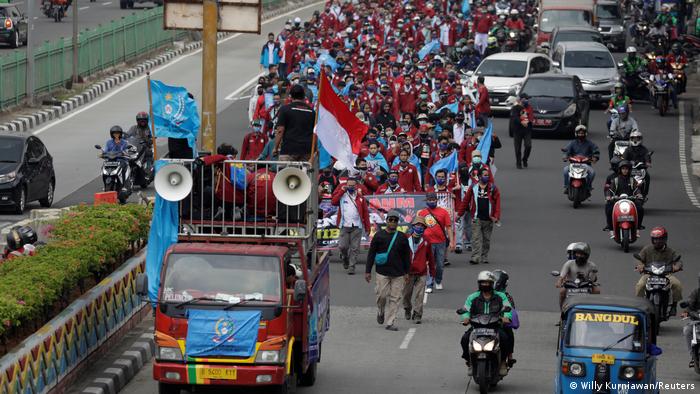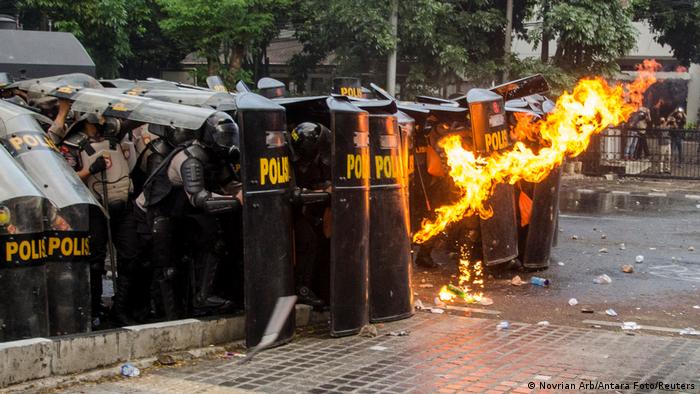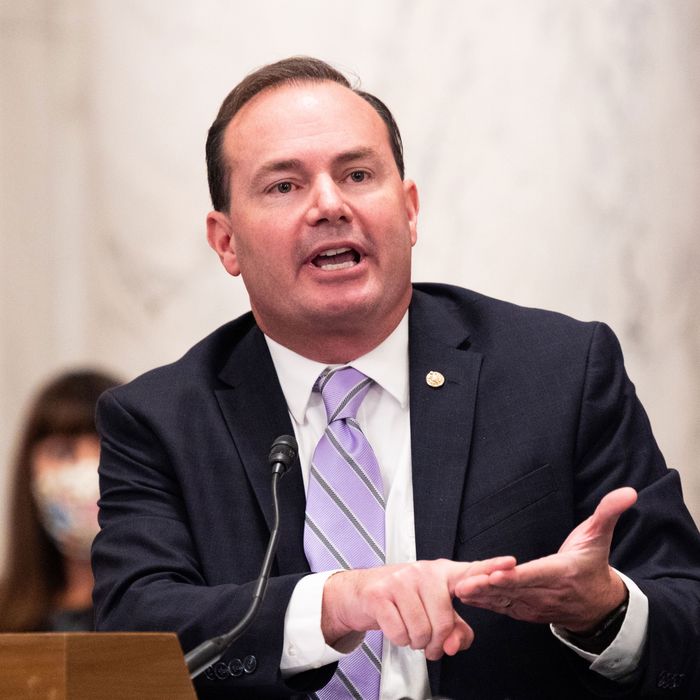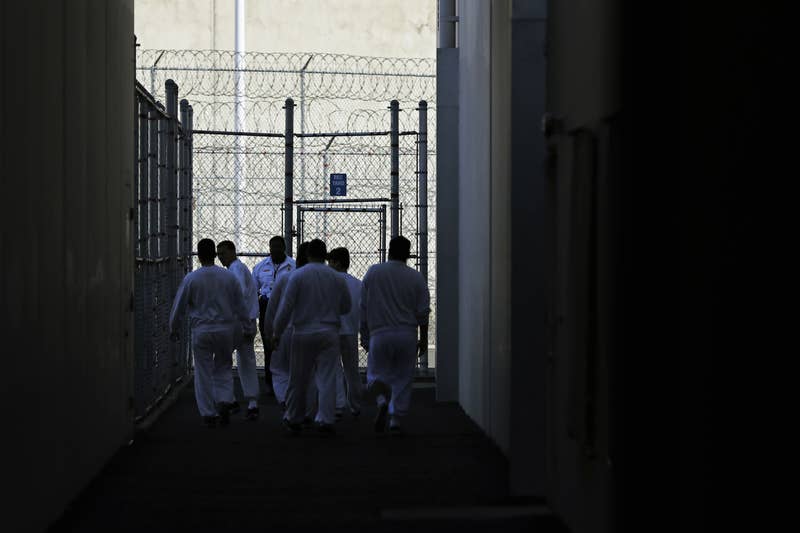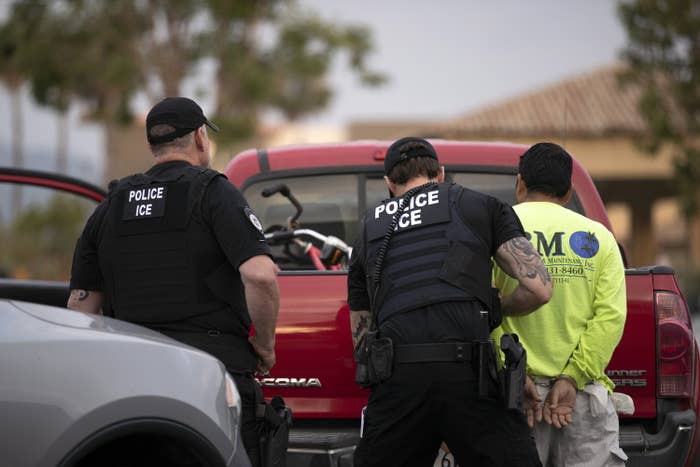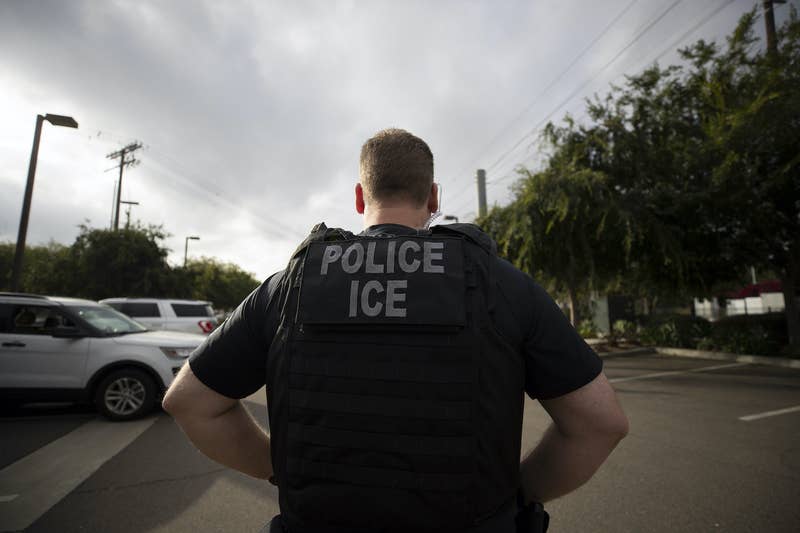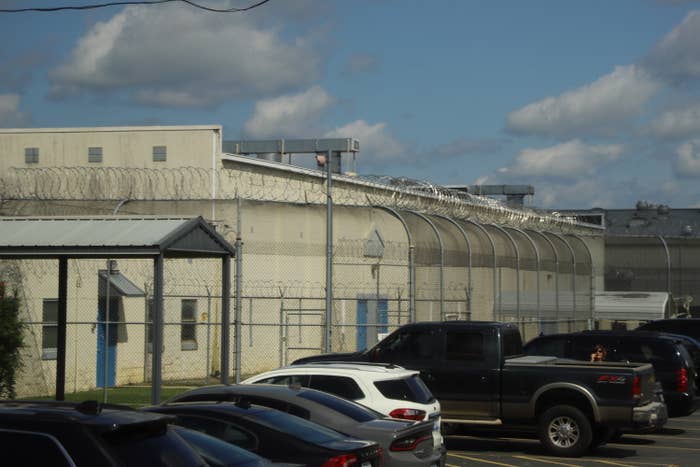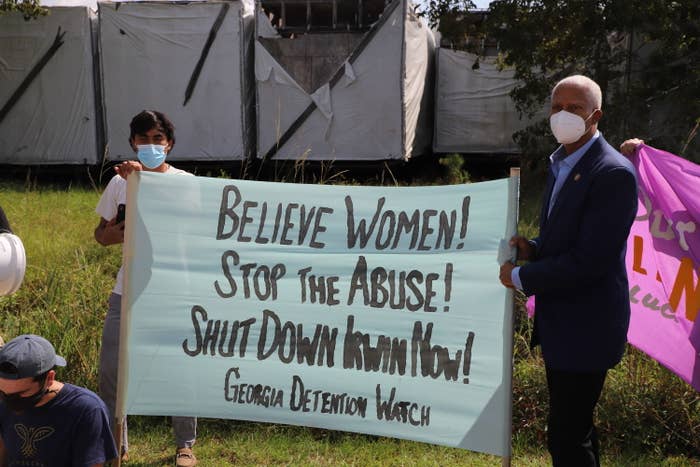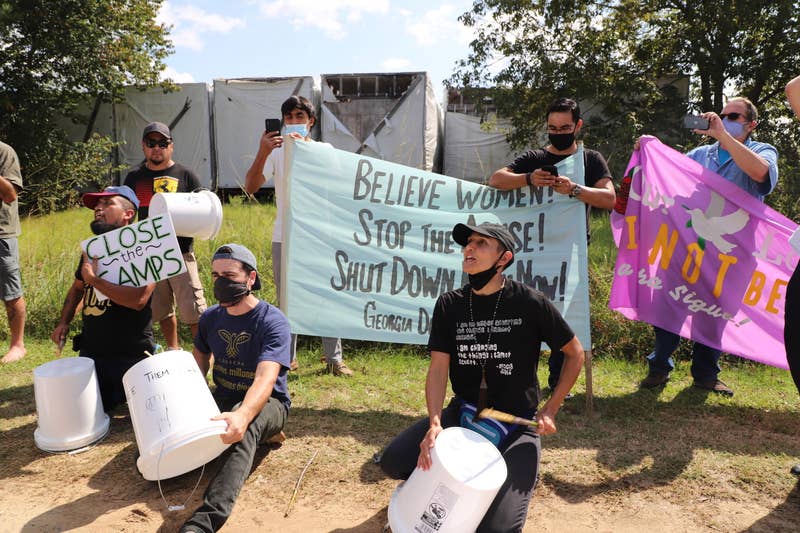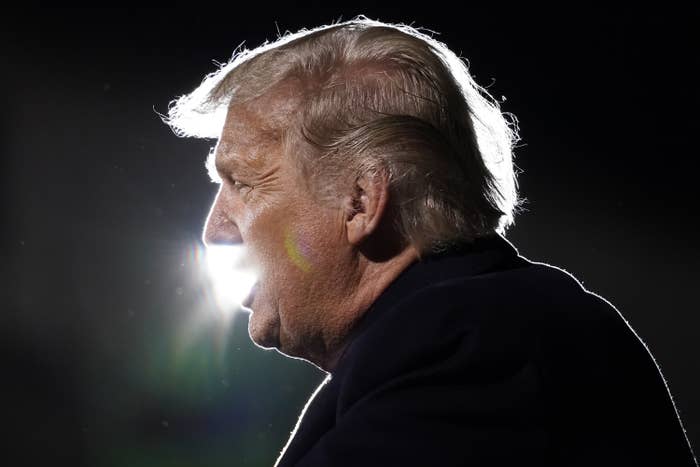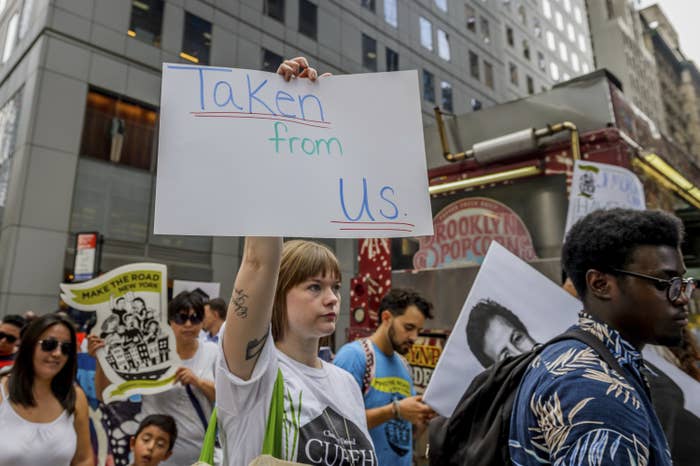Cryptocurrency transactions in Africa are growing rapidly. On a continent that already embraces mobile money, virtual currency offers advantages for a young, tech-savvy population.
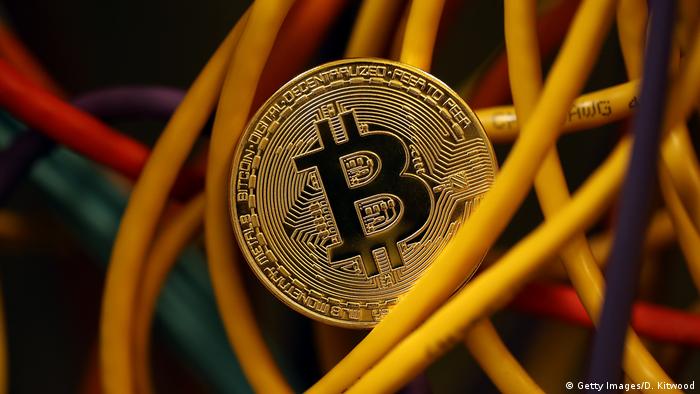
Africa is undergoing an economic revolution that has nothing to do with banks and despite little sign of outdated economic policies being overhauled.
Monthly cryptocurrency transfers to and from Africa under $10,000 (€8,500) shot up by 55% over the past year, reaching a peak of $316 million in June.
These numbers, which are based on data from US Blockchain research firm Chainalysis, are likely to keep rising. And while cryptocurrency is more commonly used by financial traders in other parts of the world, Africa is bucking this trend and mainly using it for commerce.
Individuals and small businesses in Nigeria, South Africa and Kenya account for most of this activity.
What is a cryptocurrency?
Simply put, a cryptocurrency is virtual money that people can use just like real money to buy things or send to other people. The 'crypto' in crytocurrency comes from the complicated cryptography (encrypted codes) used to create it and record transactions.
Crytocurrencies aim to cut out the middlemen, such as credit card companies or banks, making it cheaper to transfer money from one virtual wallet to another. Cryptocurrencies also aren't controlled by any central authority, which theoretically protects them from any interference by governments.
Read more: A new legitimate era for Bitcoin
"For most people, when they hear cryptocurrency, they think it's just money on the internet," Elisha Owusu Akyaw, a Ghanaian-based cryptocurrency marketer and founder of BlockNewsAfrica, told DW.

Alongside Bitcoin, Ethereum is another crypocurrency platform growing in popularity in Africa
"Cryptocurrency basically takes what money is to many people and uses technology to make it more transparent and less centralized, so that everybody has a seat at the table when it comes to the future of finance," he said on the phone from the Ghanaian capital, Accra.
Read more: Bitcoin, cryptocurrencies — how do they work?
Bitcoin — the original and by far the most popular form of cryptocurrency — was created in 2008 by an unknown person or group of people under the pseudonym Satoshi Nakamoto. Since then, more than 6,000 other types of cryptocurrency have been created, including popular options like Ethereum and Litecoin.
Ghanaian technology entrepreneur and blockchain digital marketer Emmanuel Tokunbo Darko told DW that Africa was the"next frontier of development and global economic growth."
With an increasing number of Africans already embracing mobile money services such as M-Pesa, those in the industry say it's no surprise cryptocurrency is quickly gaining traction on the continent.
Fertile ground for virtual money
Cryptocurrency basically works like mobile money, technology entrepreneur Darko said. "So it's easier for Africans to understand as opposed to people in the West who already had more financial inclusion and easy access to banking systems."
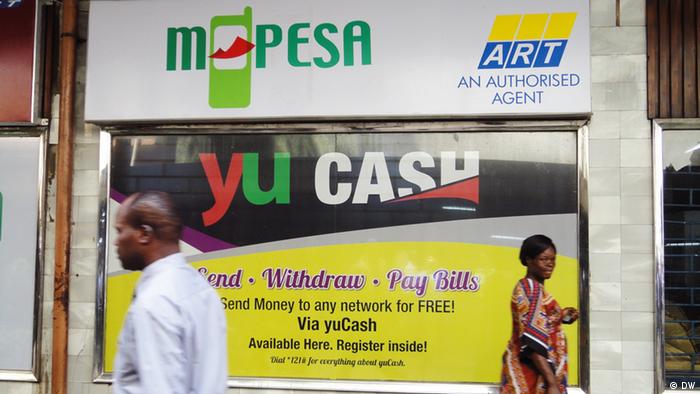
Many Africans are already familiar with mobile money transfer companies like M-Pesa
Africa is well positioned to take advantage of the cryptocurrency boom. It has a growing generation of adaptable young professionals and would-be entrepreneurs. Plus, high unemployment in many African countries means young people are skirting traditional sectors and exploring new ways to make money.
Ghanaian cryptocurrency marketer Elisha Owusu Akyaw explained that young people were interested in the virtual money because of the lack of jobs for school and university leavers.
"With the cryptocurrency system, people are able to start their own business, people are able to work for big brands outside their own country through cryptocurrency and make a living for themselves," he said.
Read more: Digitalization in Africa: 'We aren't thinking any more in the conventional way'
Avoiding currency instability
Unreliable local currencies and hyperinflation have also played a part in the cryptocurrency boom. When the Zimbabwean dollar skyrocketed in 2015, some people turned to trading in Bitcoin instead.

More people in Zimbabwe began investing in cryptocurrency to avoid the pitfalls of hyperinflation
"Now you have this alternative to traditional government-managed currencies where there's historically been so many errors and negative side-effects," Chris Becker, the blockchain technologies lead at the South African-based international banking group Investec, told DW.
Read more: Why Bitcoin is valued in Zimbabwe
In the best case scenario, Becker predicts the emergence of cryptocurrencies may actually help some African economies in the long run.
"These competing currencies are operating alongside the domestic currencies, which I think will give these economies an increased level of resilience," he said on the phone from Johannesburg.
Cryptocurrency can be win for remittances
Africa's growing diaspora has also jumped on the cryptocurrency bandwagon to send remittances across borders more cheaply.
That's a logcal move, tech entrepreneur Emmanuel Darko says.
"For Africans in the diaspora sending money back home, the cost of bank transfers is astronomical," said Darko. "It's sometimes as high as 20%. ... But there are some cryptocurrencies that allow [people to] practically send money back to Africa for free."
One popular service is the remittance company BitPesa, based in Kenya's capital Nairobi. BitPesa uses Bitcoin as a medium for international money transfers. This avoids bank fees and also skips the cost of converting money into different currencies.
A risky venture?
Africa's foray into cryptocurrency doesn't come without risks.
The very nature of cryptocurrency means prices are volatile to begin with. Virtual currencies remain unregulated in most African countries and their legal status is often unclear, meaning there is no safety net to compensate for loss of funds. Short term investors are more likely to get hit hard by sudden slumps.
Darko warns that anyone looking to trade in cryptocurrency should tread carefully and educate themselves before starting.
"Because of a lack of education, people are misled into some schemes that are not crypto," he explains. "So it's advisable to get educated. Crypto appears a bit complex for a lot of people, while in truth crypto is actually very simple if you take your time to understand it."
Cryptocurrency marketers like Akyaw warns that people with little experience in new technologies are most at risk of falling victim to an increasing number of crypto-scams, or investing in the wrong markets.
"Cryptocurrency and blockchain is easier to understand by people who are already educated and who are already exposed to technology," he said. "It's a little difficult to get older people to understand and get past the learning curve that comes with technology."
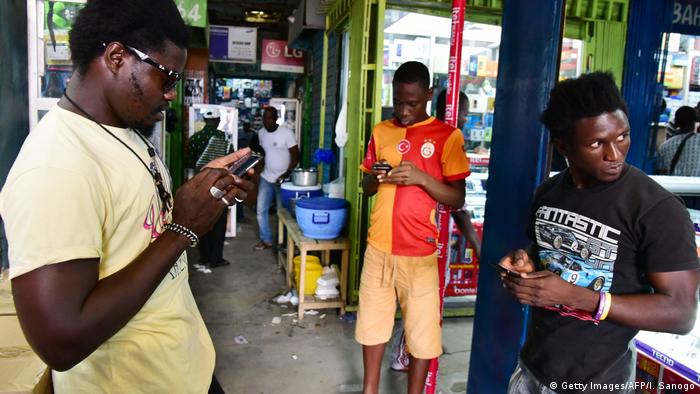
Young Africans are often tech-savvy and looking to make money, making them more likely to venture into the world of cryptocurrency
What does the future hold?
Some African countries are scrambling to create new laws to prepare for a possible future where cryptocurrency is the norm.
Africa's biggest economy Nigeria is leading the way, having recently made cryptocurrency legal and issuing regulatory guidelines for digital currencies and crypto-based companies or start-ups.
Read more: Afrofuturism: Between science fiction and reality in Africa
Other cryptocurrency hotspots like South Africa and Kenya aren't far behind. South Africa's top financial regulators, including the South African Reserve Bank, released a policy paper in April with recommendations for the regulation of cryptocurrency. Meanwhile, Kenya is set to experiment with a digital tax from January 2021, possibly opening the door to more crypto regulation.
While it's still too early to say how widely adopted cryptocurrency will become in Africa, cryptocurrency marketer Akyaw believes it's something young Africans should consider looking into.
"It's a no brainer in the sense that that's where finance is going," he said. "A lot of big brands initially dismissed the potential of cryptocurrency, saying it was just going to vanish. It's been over ten years and cryptocurrency is still growing, it's still getting stronger."
